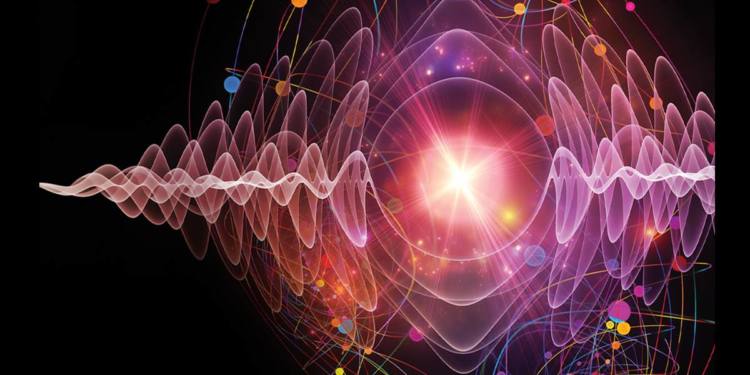In 1905, the 26-year-old Albert Einstein proposed something quite outrageous: that light could be both wave or particle. This idea is just as weird as it sounds. How could something be two things that are so different? A particle is small and confined to a tiny space, while a wave is something that spreads out. Particles hit one another and scatter about. Waves refract and diffract. They add on or cancel each other out in superpositions. These are very different behaviors.
Hidden in translation
The problem with this wave-particle duality is that language has issues accommodating both behaviors coming from the same object. After all, language is built of our experiences and emotions, of the things we see and feel. We do not directly see or feel photons. We probe into their nature with experimental set-ups, collecting information through monitors, counters, and the like.
The photons’ dual behavior emerges as a response to how we set up our experiment. If we have light passing through narrow slits, it will diffract like a wave. If it collides with electrons, it will scatter like a particle. So, in a way, it is our experiment, the question we are asking, that determines the physical nature of light. This introduces a new element into physics: the observer’s interaction with the observed. In more extreme interpretations, we could almost say that the intention of the experimenter determines the physical nature of what is being observed — that the mind determines physical reality. That’s really out there, but what we can say for sure is that light responds to the question we are asking in different ways. In a sense, light is both wave and particle, and it is neither.
This brings us to Bohr’s model of the atom, which we discussed a couple of weeks back. His model pins electrons orbiting the atomic nucleus to specific orbits. The electron can only be in one of these orbits, as if it is set on a train track. It can jump between orbits, but it cannot be in between them. How does that work, exactly? To Bohr, it was an open question. The answer came from a remarkable feat of physical intuition, and it sparked a revolution in our understanding of the world.

